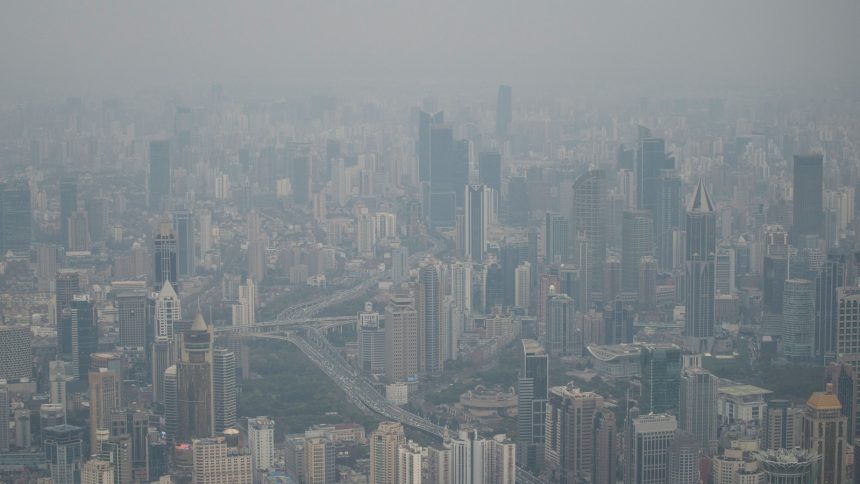This story was originally published by Yale 360 and is reproduced here as part of the Climate Desk collaboration. They call it “The Blob.” A vast expanse of ocean stretching from Alaska to California periodically warms by up to 4 degrees Celsius (7 degrees Fahrenheit), causing disastrous effects such as decimating fish stocks, starving seabirds, toxic algae blooms, and many more.
This phenomenon first appeared in 2013 and spread across an area in the northeast Pacific the size of Canada. It lasted for three years and continues to reappear, with the most recent instance occurring last summer. Until now, scientists have struggled to explain this sudden ocean warming. Climate change, combined with natural cycles like El Niño, was not enough to account for it. But a new analysis points to an unexpected cause.
Xiaotong Zheng, a meteorologist at the Ocean University of China, and international colleagues suggest that this extraordinary ocean heating is a result of a significant reduction in Chinese air pollution. The decrease in smog particles that block the sun’s rays has accelerated warming and triggered a series of atmospheric events across the Pacific that have essentially cooked the ocean.
Other researchers consulted by Yale Environment 360 view this discovery resulting from comprehensive climate modeling as having potentially crucial implications for future climate in the Pacific and beyond.
Emissions of these particles, collectively known as aerosols, are declining worldwide, except for in South Asia and Africa. Scientists are concerned that these cleanups may lead to increased atmospheric warming and more intense regional ocean heatwaves.
Yangyang Xu, an atmospheric scientist at Texas A&M University not involved in the study, noted that the findings indicate that “aerosol reductions will perturb the climate system in ways we have not experienced before. It will give us surprises.”
The idea that reducing air pollution can exacerbate atmospheric warming may seem counterintuitive, but aerosols are different from greenhouse gases. Instead of trapping solar radiation and warming the planet, aerosols shade it by scattering sunlight and forming clouds.
With the decline of aerosol cooling in many parts of the world, scientists state that the aerosol mask is slipping, leading to a boost in global warming. This shift is changing the balance between aerosols and greenhouse gases, impacting atmospheric temperatures significantly.
As more countries act to reduce aerosol emissions due to the public health impacts of these pollutants, the balance between aerosols and greenhouse gases is shifting. Countries are implementing measures to filter particulates, burn low-sulfur fuel, and reduce emissions, leading to a significant impact on regional and global climates.






